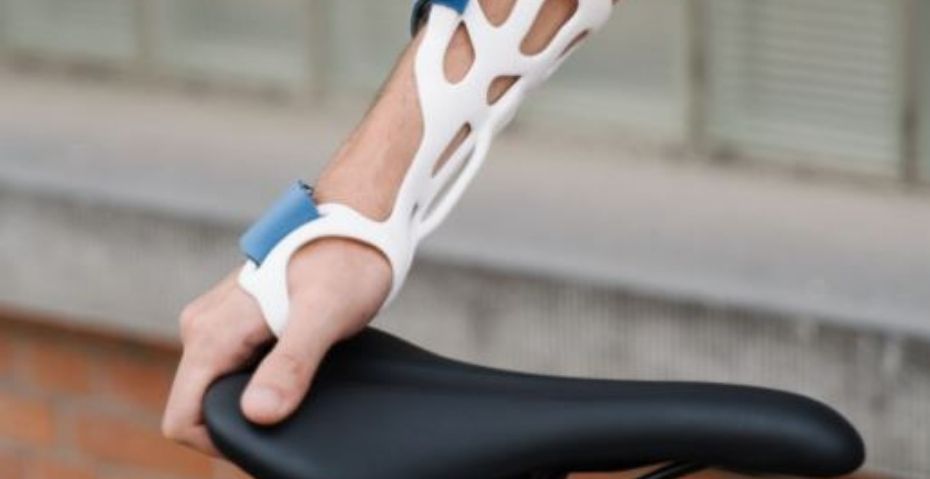
TGA Medical Device Changes – Guidance for Health Care Professionals

Member alert – you must apply for medical device transition by 25 August 2021
The Therapeutic Goods Administration (TGA) currently regulates therapeutic products, including personalised medical devices. Devices relevant to allied health include hand splints, orthoses and prostheses, cervical spine collars, moulds used to anchor hearing aids, and compression garments.
A new Framework for regulating personalised medical devices came into force in February 2021. Most of the devices used in allied health are now called ‘patient-matched’ devices and are classified as ‘Class 1’. The big change from previously is that those devices must now be registered with the TGA.
This has raised concerns and uncertainties for healthcare professionals, and the TGA is now reconsidering some of the ways that personalised medical devices should be regulated. Your peak body may have made a submission to the TGA’s consultation (now closed).[1]
Regardless of what changes end up being made, it is important that members know that for now, the Framework continues to apply to devices manufactured by allied health professionals. The TGA has allowed for the transition to registration by requiring a Transition Notification Form to be submitted for each device, by 25 August 2021. (The actual registration, which is more labour-intensive, is not due until 1 November 2024.)
Click here for an example of a Transition Notification Form (TNF).
It is very important to submit a TNF if you are required to do so, because otherwise, you will not be able to use the device after 25 August.
Frequently asked questions
The ‘manufacturer’ is the person who designs and produces the device, and then supplies it under their name for a particular intended purpose.
You are not the manufacturer when you adapt or assemble a medical device for a patient, and that medical device has already been included in the ARTG by the person who supplied it to you, provided the adaptation or assembly does not change the intended purpose of the medical device that was set by the original manufacturer. You will not need to submit a TNF for these products.
If the adaptation or assembly does change the intended purpose, then you are the manufacturer of the finished medical device. You will need to submit a TNF for these products. The intended purpose of a medical device can most commonly be found in the instructions for use provided with the device.
If you are still not sure whether you are the manufacturer of a device, submit a TNF.
No. Just submit a separate TNF for every 'kind' of device. Check the classification and GMDN Codes and then decide on what kind(s) your devices are. For example, submit one TNF to cover all hand splints that you manufacture and another for all compression garments.
If you have previously submitted a custom-made notification to the TGA, you still need to submit a TNF. This lets the TGA know that you are no longer supplying under the custom-made exemption, and therefore do not need to meet the new regulatory requirements associated with supply under that exemption (for example, you do not need to provide the TGA with an annual report).
If you have had your medical device approved by the TGA and included in the Australian Register of Therapeutic Goods (ARTG), you do not need to submit a TNF.
Click here to read the full FAQ list.
For more information
Visit www.tga.gov.au, contact the Medical Devices Information Unit Phone: 1800 141 144 or email.
Watch webinar on the CPD4Physios website.
